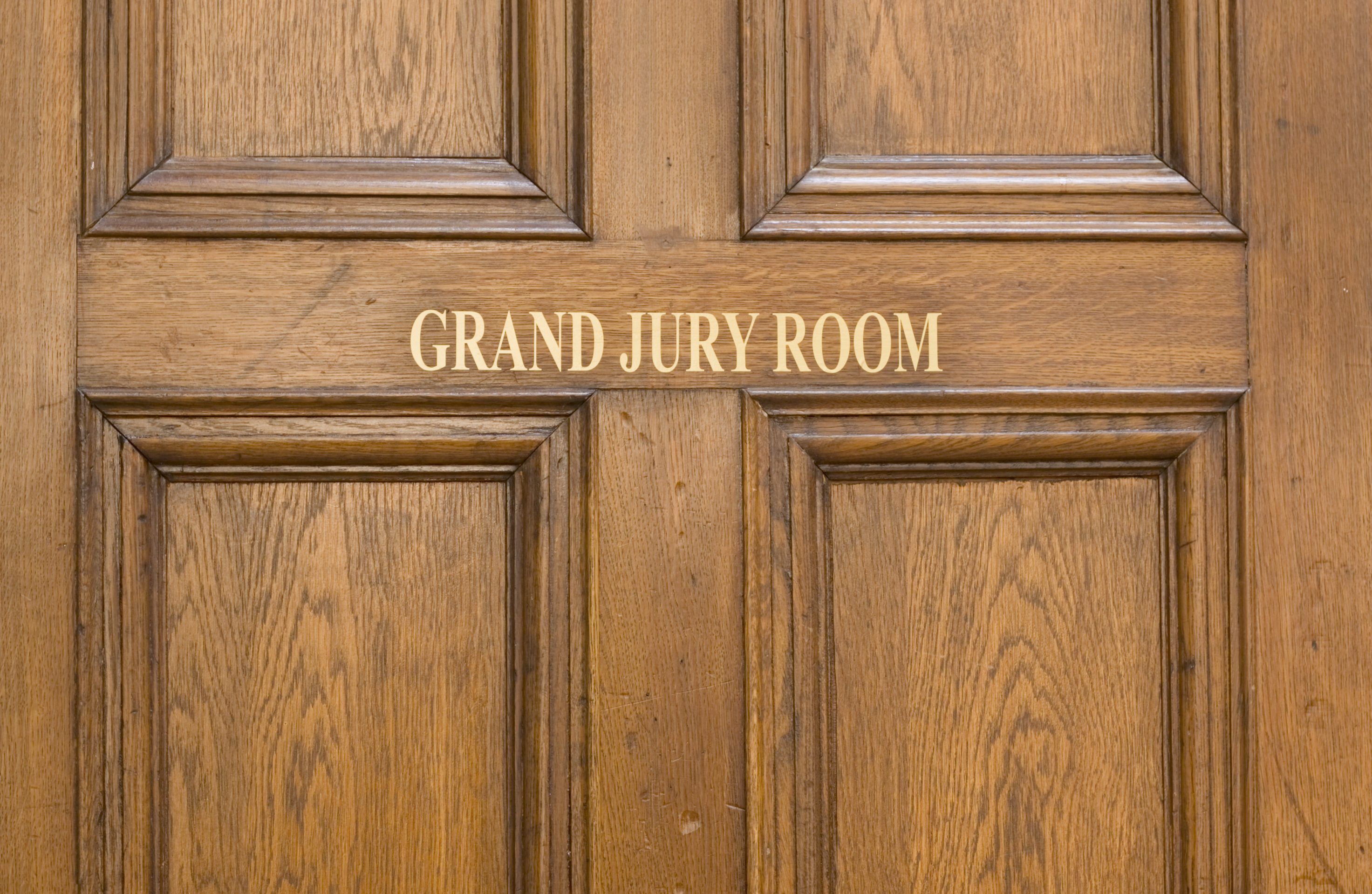Criminal Procedure: The Grand Jury in New York Part 2
Grand Jury Voting in New York
The Grand Jury is composed of between 16 and 23 members. Once all the evidence is presented, a prosecutor will close the presentation and read the charges to be considered.
At the outset of a Grand Jury presentation and before calling any witnesses a prosecutor usually will tell the grand jurors what charges they should consider. At the end of witness testimony and evidence, the prosecutor will read the section the Penal Law, Vehicle and Traffic Law or other section of the law that the grand jurors are to consider. Within each charge there are likely to be several definitions that are form elements of crimes. Some definitions are basic like the means rea intentionally or knowingly and there are dozens upon dozens of other definitions buried in New York’s criminal law. Unlike the charge or charges that the grand jurors are asked to consider these additional definitions do not need to be re-read if they have already been heard during a specific term.
For example, one form Assault in the Second Degree, Penal Law § 120.05(2) states:
A person is guilty of assault in the second degree when with intent to cause physical injury to another person, he causes such injury to such person or to a third person by means of a deadly weapon or a dangerous instrument.
Intent, physical injury, deadly weapon and dangerous instrument are all defined in the Penal Law:
One form of Criminal Sale of a Controlled Substance in the Third Degree, Penal Law § 220.39(1) states:
A person is guilty of criminal sale of a controlled substance in the third degree when he knowingly and unlawfully sells a narcotic drug.
Knowingly, sells and narcotic drug are defined in the Penal Law.
Finally, one form of Criminal Possession of a Weapon in the Second Degree, Penal Law § 265.03(1)(b) states:
A person is guilty of criminal possession of a weapon in the second degree when with intent to use the same unlawfully against another, such person possesses a loaded firearm.
Intent, possess and firearm and loaded firearm are all defined in the Penal Law.
Burden of Proof for Grand Jury Indictment
Under the Criminal Procedure Law (CPL) there is a two-part test to determine whether evidence presented to a Grand Jury is legally sufficient. According to CPL § 190.65(1):
[A] grand jury may indict a person for an offense when (a) the evidence before it is legally sufficient to establish that such person committed such offense provided, however, such evidence is not legally sufficient when corroboration that would be required, as a matter of law, to sustain a conviction for such offense is absent, and (b) competent and admissible evidence before it provides reasonable cause to believe that such person committed such offense.
The first part, legally sufficient evidence, is both a question of law and fact and is defined in CPL § 70.10(1). Legally sufficient evidence means that, if believed, the evidence establishes a prima facie case and would allow a trier of fact to convict. The second part, reasonable cause to believe a person committed the offense, is also defined in in CPL § 70.10(1). The term is similar in meaning to probable guilt based on the evidence. That is far less than the standard of proof required at criminal trials, proof beyond a reasonable doubt.
The Vote of the Grand Jury
Once the prosecutor has finished charging the jury, he or she will exit the room with the court reporter to leave the grand jurors alone for their testimony. The vote of the grand jurors may take a few second or a few minutes depending on the number of charges and how complicated they are.
In order for the Grand Jury to conduct any business, whether hearing evidence or deliberation at least 16 grand jurors need to be present, which is considered a quorum. In order to vote a grand juror must have heard all of the evidence and been instructed on the law. In order to make a decision 12 grand jurors must vote in favor.
There are three possible results of voting. If more than 12 people to indict then an indictment will be issued. A case will also be dismissed if 12 people vote in favor of that result. However, if fewer than 12 people vote to indict then, grand jury is said to take no affirmative action.
If the Grand Jury returns a vote of no affirmative action, then the prosecutor has two options. First, additional evidence may be presented, like a witness that was previously unavailable. After the new evidence, another vote is taken and there are three possible results. If there is no additional evidence, then a prosecutor should promptly move to dismiss the charges in a case. In the case of no affirmative action, a prosecutor cannot simply present the case to a different Grand Jury. To do so, the prosecutor would need approval from a judge, which is unlikely.
Judicial Review of Grand Jury Minutes
As noted in Criminal Procedure: The Grand Jury in New York Part 1, the proceedings of the Grand Jury are secret. The testimony of witnesses is not made available to the defense under the Rosario rule until a witness testifies at a hearing or trial.
Prior to disclosing witness Grand Jury testimony, a defense attorney will make a motion to dismiss the indictment under CPL § 210.20 and CPL § 210.30. A judge will review the minutes to determine if “the evidence before the grand jury was legally sufficient to support the charges or a charge contained in such indictment.” Usually a judge will find that the Grand Jury standard was met, i.e., there is reasonable cause to believe that the defendant committed the offense(s), which is supported by legally sufficient evidence. However, once in a while a judge will dismiss an indictment for lack of sufficient evidence, although the People are free to re-present the case.





